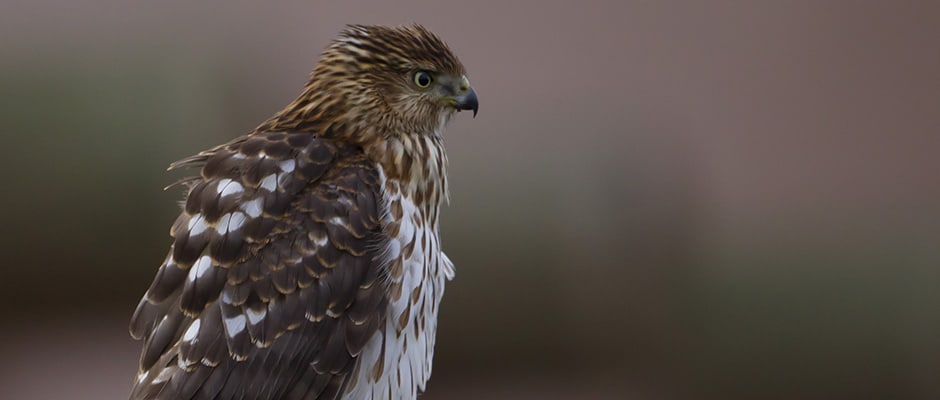Share this article
Flameproof Falcons and Hawks Soar Over Areas of B.C.
It could be compared, cynically, to the legend of the phoenix.
But while legend has it that the mythological bird was continually reborn from the ashes of its predecessor, researchers studying the amount of flame-retardant chemicals consumed by hawks and falcons in British Columbia found these birds may not be so easy to burn.
In fact, researchers testing Cooper’s hawks (Accipiter cooperii) and peregrine falcons (Falco peregrinus) for chemicals in three areas of British Columbia stumbled upon the most polluted wild bird ever recorded.
“These falcons are the fastest birds on earth, and now they’re flameproof,” said Kyle Elliott, an assistant professor in the Department of Natural Resource Sciences at McGill and a coauthor of the study on chemical pollution in urban birds of prey, recently published in Science of the Total Environment.
Polybrominated diphenyl ethers (PBDEs) are supposedly flame-retardant chemicals that have coated everything from children’s toys to car upholstery for decades in an effort to protect them from fires.
The chemicals have been phased out in recent years, but many products containing these chemicals remain in homes or are discarded in dumps. It eventually gets into the soil where it’s eaten by worms, which in turn are swallowed up by starlings and other small birds. Then raptor species that thrive in urban areas like cooper’s hawks or peregrine falcons end up ingesting the compounds along with the small birds they feed on.
“The levels [of chemicals] in the worms will be 10-100 times higher than in the soil,” Elliott said. The levels in starlings will also be amplified from that of worms, while birds of prey that feed on starlings accumulate even more chemicals.
Elliott tested birds in parts of Vancouver, neighboring Vancouver Island, and the Okanagan area in the interior of the province. He and his colleagues found a Cooper’s hawk in Langley — a Vancouver suburb — to be the most polluted on record with high levels of PBDEs, while another Cooper ’s hawk in nearby suburb Richmond was the second highest.
“The levels we found in this Cooper ’s hawk are 100 times higher than those found in bald eagles with thyroid problems,” Elliott said, adding that levels of the chemicals this high could cause immunosuppression problems as well as reduced growth rates.
Elliott pointed out that while they found the most polluted birds ever recorded in terms of flame-retardant, not of lot of testing has been done for these kinds of chemicals in many parts of the world.
They also found that while the flame-retardant chemicals were lower in the Okanagan area, birds in that area exhibited higher levels of DDT — a legacy from the area’s status as an important fruit-growing region.
Elliott said that the study shows the dangers of using chemicals like these indiscriminately due to the effect they have on wildlife.
“Even though PBDEs have been phased out, they’re probably going to still be with us for a while,” he said. “Reversing a mistake can be very difficult.”
Header Image:
A juvenile cooper’s hawk. Researchers found a cooper’s hawk in a Vancouver suburb was one of the most polluted birds ever recorded.
Image Credit: Manjith Kainickara via flickr








